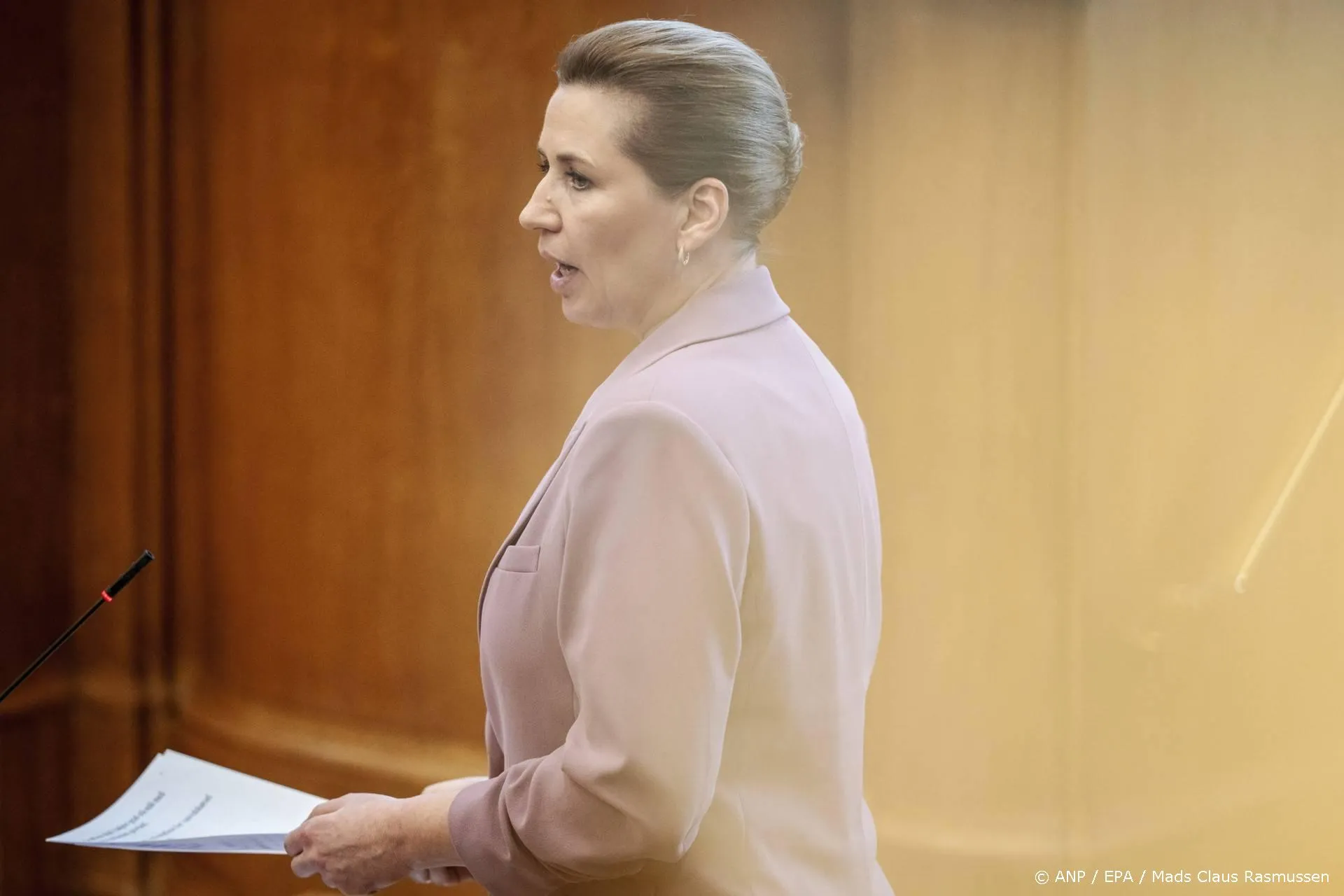Klimaat: recente metingen lijken Svensmark-hypothese te bevestigen
The UK government, having boldly gone where no other government has been before and introduced a regime of legally binding emissions cuts, has now accepted the Committee on Climate Changes recommended carbon budget for 2023-27. This goes beyond what other EU Members States are committed to, and was achieved despite some public opposition from ministerial ranks. The belief is that a threat from Greenpeace to try for a judicial review if the committees recommendation was rejected may have tipped the balance: this was one risk that the Coalition could well do without at present. The decision is tempered by a review being scheduled for 2014, as a sweetener for those (including Vince Cable) who fear for the competitiveness of UK industry if the rest of the world fails to follow Britains lead.
Politics being the art of the possible, it is quite likely that the final decision was in effect a way to reduce the flak from the green lobby, while leaving enough wriggle room to keep internal critics on side, without there being an intellectual commitment to the underlying scientific advice. Or it could be that David Cameron and colleagues genuinely buy into the currently received wisdom from the IPCC. If so, they will not have been swayed by the refusal of the global climate to work in the way the way that computer models predict. Temperatures have remained pretty level since the turn of the century, with mainstream climate science failing to come up with any credible explanation. At heart, the argument rests on a single fact; that only the enhanced greenhouse hypothesis is able to explain the pattern of warming during the twentieth century. Others sceptics, realists or deniers depending on your world view have repeatedly questioned this assumption, but have as yet failed to provide hard evidence that any other mechanism may also be at the root of the pattern. That now seems about to change.
There have been various theories advanced relating to the influence of solar variability. After all, essentially all the thermal energy the Earth receives is by way of radiation from the Sun, so this seems like a good place to start. One particularly intriguing suggestion has been championed by Henrik Svensmark and Eigil Friis-Christensen of the Danish Space Research Institute, who suggested in 1997 that the Sun might have an indirect effect on cloud formation and thus average temperatures.
Predictably, there has been little publicity for the new findings and no renewed public questioning of the current received wisdom. But that may change later this year when the first results come from a major experiment at CERN called CLOUD. This will use a much larger chamber and be able to generate even more data on the effect of various types of particles on aerosol and cloud formation. If the results are consistent with those obtained in Aarhus, then they will be impossible to ignore. Readers may be interested in following Nigel Calders updates on the issue. Not that this conclusively proves the Svensmark hypothesis, but it certainly provides hard evidence that the proposed mechanism is right.
This means that, on one hand, we have a plausible hypothesis (the enhanced greenhouse effect) which has no hard supporting evidence but the belief in which is based on the outputs of computer models, while on the other hand we have an alternative hypothesis which is equally plausible and which is supported by hard evidence. The IPCC and governments simply cannot continue to be blinkered. Failure to take this seriously could take the developed world up the biggest policy dead end in history.
Lees ook
Loading


